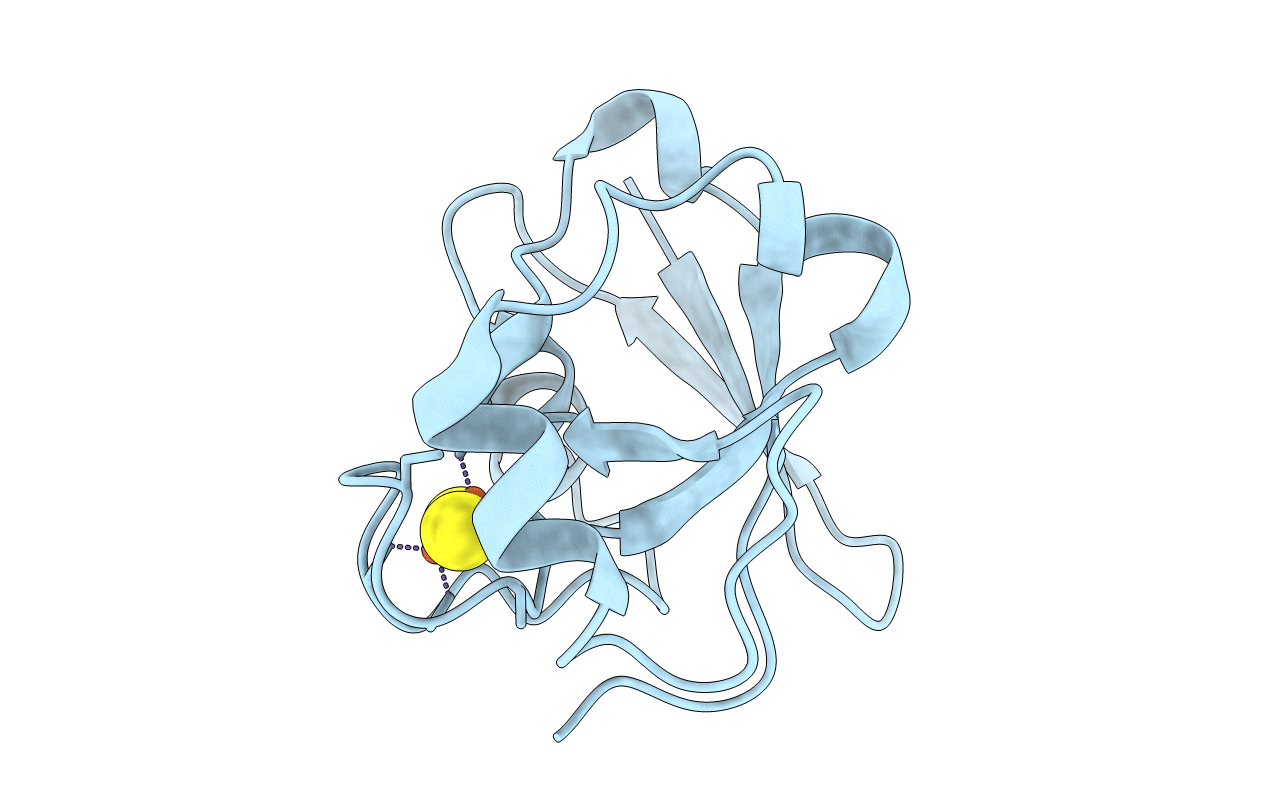
Deposition Date
2004-02-05
Release Date
2006-01-18
Last Version Date
2023-12-13
Entry Detail
Biological Source:
Source Organism:
RHODOBACTER CAPSULATUS (Taxon ID: 1061)
Host Organism:
Method Details:
Experimental Method:
Resolution:
2.00 Å
R-Value Free:
0.25
R-Value Work:
0.23
R-Value Observed:
0.23
Space Group:
P 21 21 21


